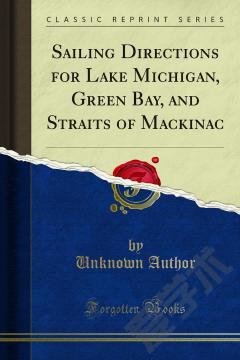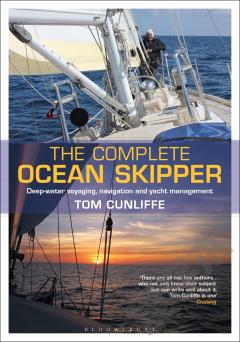Sailing Directions for Lake Michigan, Green Bay, and Straits of Mackinac
It is the intention of the Hydrographic Office to publish, as soon as possible, a complete set of sailing directions for the Great Lakes.At present the sailing directions will be published in parts, beginning with Lake Superior, the present work being the second.This will be followed in turn by Lake Huron with the St. Clair and Detroit rivers, and Lake St. Clair; and finally by lakes Erie and Ontario, with the St. Lawrence River to Montreal.At Montreal the work will connect with Hydrographic Office publication No. 100, thus giving complete sailing directions from Duluth, Minn., to the Atlantic Ocean.The general description of Lake Michigan has been obtained from various encycloæedia, and the description of the coast and harbors chiefly from the annual reports and bulletins of the Chief of Engineers, U. S. Army, from the charts published by the Hydrographic Office, the United States Engineers, and from special maps and letters from Major J. F. Gregory, and Captain W. L. Marshall, Corps of Engineers, U. S. Army.The lighthouses, lightvessels, ranges, beacons, buoys, and daymarks are described from the publications of the U. S. Lighthouse Board.Through Lieutenant G. P. Blow, U. S. Navy, in charge of the branch Hydrographic Office, Chicago, Ill., and through the courtesy of local authorities much valuable data has been procured.It must be remembered that the first issue of such a work can not be complete and the Office must depend upon the cooperation of those who dwell near the lakes, as well as of those who navigate them, for prompt information concerning any errors or omissions, and such cooperation is earnestly requested.The articles appended to this work are such as may be of interest and value to the mariner.The Rules of the Road for the Lakes, etc., of the United States.Signals: Weather, Storm, and Temperature, with Diagrams, United States and Canada.Brief Rules for the Use of Oil, with diagrams.Anchoring and Riding out Gales in Deep Water.Currents of Lake Michigan, with map, United States Weather Bureau.Miscellaneous matter.
{{comment.content}}








 京公网安备 11010802027623号
京公网安备 11010802027623号